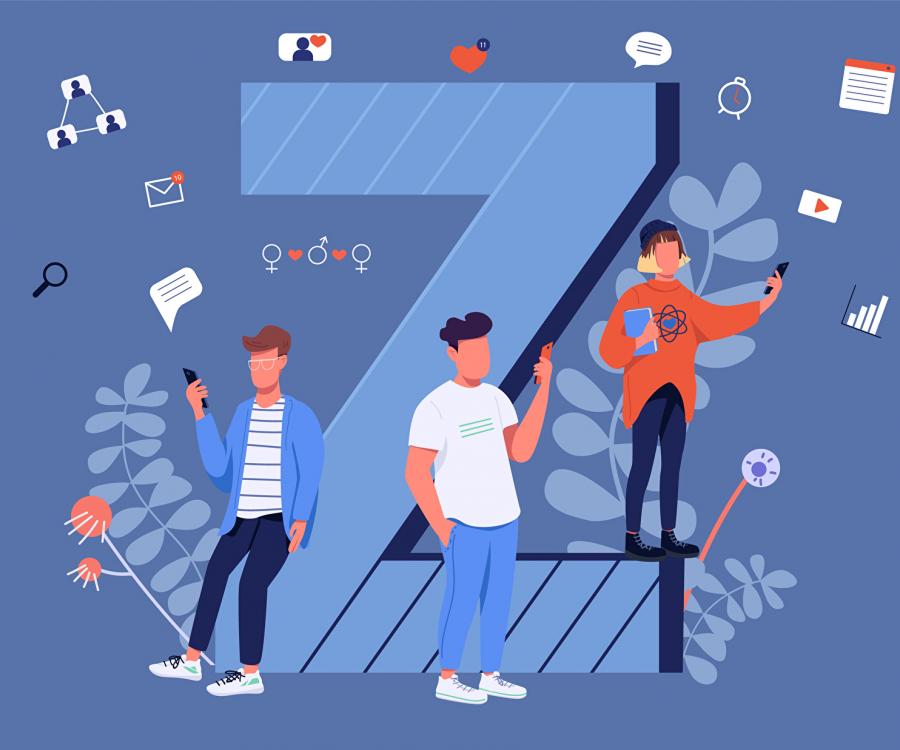Every day, marketers grapple with a mixture of database, web analytics, communication, workflows, and CRM synchronization. Processes today can be summarized, analyzed and optimized with the help of marketing automation - for a personalized sales approach.
Ongoing processes must be automated
Many online, as well as some offline measures for marketing purposes can be automated thanks to smart programming and software. So is handmade marketing a thing of the past? Not quite. Strategies and changes in user behavior must still be continuously monitored and contents adapted.
Steps that are the same in every marketing campaign can be automated without fear of loss. If used correctly, these steps result in a better and more personalized sales approach. This also allows staff members to focus on the essentials again.
The Newsletter – A marketing tool to everyone’s taste
Whether it’s cross-selling efforts, exchange of information or the announcement of an event: an email or newsletter communicates all information to the interested parties.
The more customer information has been collected prior to the marketing campaign, the better. Name and gender are a great starting point. Other options include an analysis of the previously completed and incomplete or abandoned purchases. Cookies make it possible to analyze user behavior.
A specific algorithm can then use this data to create personalized newsletters and mailings. This means that every customer receives recommendations for products, discounts or dates they might be interested in based on the data. Even though it is sent out automatically, the newsletter thus provides a personal benefit and is happily opened and viewed.
Yes, customers often notice that they have just received an automated email. Does it bother them? It’s less likely the case if the mail is well-designed and filled with interesting content.
Website personalization: Customer Retention 4.0
Automated websites feature different displays for different customers, present customer-relevant products or prominently showcase information. More previous available customer data allows the algorithm to be more accurate. Needless to say, this type of automation is especially relevant and important for online stores. That being said, personalization also pays off for other website operators to increase the conversion rate and improve the customer experience.
This is how it works: Automated personalized content
- Geolocation allows local news, trade fairs or shop openings to be displayed individually for each user. This is made possible by geolocation services, for example by querying the IP address. This query runs in the background. A more exact location determination is possible with an HTML5 Geolocation API. Here the user is asked in the browser whether he wants to reveal his location. If he agrees, he can now be located via GPS or WLAN.
- The user’s device type can offer valuable clues about his/her behavior or nature. For example, if the user accesses the website by using a mobile device, it indicates that he or she is likely on the go or is looking for the next store. Meanwhile, if the user uses a PC, one can assume that he or she tends to shop online. This information can be used to create personalized offers for the user, indicate shipping costs, point to the nearest store or suggest offers nearby.
- The homepage is interesting for all marketers. It clearly shows the user’s interests. Is this the user’s first-time visit or is he/she frequently visiting the site? This information determines the content that appears first. Almost everything can be automated, from a general overview and information for the first-time visitor, all the way to customized calls-to-action for the user’s second visit that takes its cue from the previous visit.
- User click behavior on the website can also be analyzed and utilized for marketing automation. Personalization starts the moment the algorithm detects what the user is interested in and how he or she tracks across the page. Similar to how it works with the homepage, the user must already be known in this setting. User-specific interesting content can be displayed in the next step. Personalization is also an option during a first-time visit, although on a much smaller scale and with less accuracy. Corresponding products based on the keyword search that led the user to the website can subsequently be showcased.
This type of automation requires little algorithm maintenance and adaptation. The system is self-learning and uses the data provided by the respective user. An algorithm that is better designed makes the system run more smoothly.
Marketers: Making the difference
Even the best automation fails without marketers and great content. It’s important that customers realize that there are people working in the background and that a company is making an effort. It almost doesn’t matter if customers realize that this is a mass mailing. If it provides an extra benefit, is interesting and personalized, it is still an experience and is likely to please the customer.










